-
×
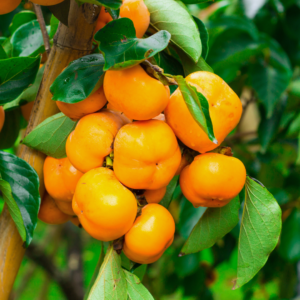 American Persimmon Tree Live Plant - 10 to 12 Inch Tall, Persimmon Fruit Tree for Planting, Hardy and Well-Rooted
$29.98
American Persimmon Tree Live Plant - 10 to 12 Inch Tall, Persimmon Fruit Tree for Planting, Hardy and Well-Rooted
$29.98 -
×
 2 Moringa Tree Plants Live for Planting, Oleifera Moringa Live Tree, Well Rooted, No Pot, Drumstick Tree, Horseradish Tree, 6 to 10 Inches
$24.99
2 Moringa Tree Plants Live for Planting, Oleifera Moringa Live Tree, Well Rooted, No Pot, Drumstick Tree, Horseradish Tree, 6 to 10 Inches
$24.99 -
×
 Set 2 Black Walnut Trees Seedlings Live Plants, Black Walnut Tree Sapling, Hardy Walnut for Gardens, Bare Root, 8 to 16 Inc Tall, No Leaf
$34.99
Set 2 Black Walnut Trees Seedlings Live Plants, Black Walnut Tree Sapling, Hardy Walnut for Gardens, Bare Root, 8 to 16 Inc Tall, No Leaf
$34.99 -
×
 2 Trees Moringa Plants Live for Planting Oleifera Moringa Live Tree, Well Rooted, Come Without Pot, 6 to 10 Inches Tall
$26.99
2 Trees Moringa Plants Live for Planting Oleifera Moringa Live Tree, Well Rooted, Come Without Pot, 6 to 10 Inches Tall
$26.99 -
×
 Set 3 Wonderful Pomegranate Tree Live Plant - 5 to 7 Inches Tall, Pomegranate Fruit Tree Plant for Home Garden
$49.99
Set 3 Wonderful Pomegranate Tree Live Plant - 5 to 7 Inches Tall, Pomegranate Fruit Tree Plant for Home Garden
$49.99 -
×
 Epiphyllum Orchid Cactus - 2 Red Live Succulent Plants - 5 Inch Indoor Growing
$32.50
Epiphyllum Orchid Cactus - 2 Red Live Succulent Plants - 5 Inch Indoor Growing
$32.50 -
×
 Set 2 Ginkgo Trees Live Plant in Quart Pot, Well Rooted Ginkgo Tree Plants Live, Ready to Grow, 1-2 Year Old Ginkgo Trees
$39.99
Set 2 Ginkgo Trees Live Plant in Quart Pot, Well Rooted Ginkgo Tree Plants Live, Ready to Grow, 1-2 Year Old Ginkgo Trees
$39.99 -
×
 Fort Laramie Everbearing Strawberry 25 Bare Root Plants - Hardiest Everbearer Strawberry Bareroots for Planting
$39.99
Fort Laramie Everbearing Strawberry 25 Bare Root Plants - Hardiest Everbearer Strawberry Bareroots for Planting
$39.99 -
×
 2 Trees Black Willow Live Plants, Hardy Willow Sapling for Landscaping or Bonsai Tree
$45.99
2 Trees Black Willow Live Plants, Hardy Willow Sapling for Landscaping or Bonsai Tree
$45.99
10 Corkscrew Willow Tree Cuttings, Hardy Willow Tree for Planting, Unrooted Cuttings
$33.99 Original price was: $33.99.$27.99Current price is: $27.99.
Start your own Corkscrew Willow Tree with these 10 unrooted cuttings. Hardy, fast-growing, and ideal for Zones 4-9. Perfect for landscaping or decorative use.
Categories: Tree seeds, Trees
Tags: Corkscrew Willow Tree Cuttings, Hardy Willow Tree, Unrooted Cuttings, willow tree cuttings, willow tree for planting
Estimated arrival
Dec 19
Dec 24 - Dec 26
Dec 29 - Jan 02
Shipping and return policies: Our 30-Day Plant Health Guarantee covers issues with your plants within the first 30 days. Get in touch with us via email, and our team will review your concerns and, if necessary, provide you with a one-time replacement at no cost.
Grow Your Own Unique Corkscrew Willow Tree
Create a striking focal point in your landscape or garden with these 10 Corkscrew Willow Tree Cuttings. Known for their unique, twisted branches, Corkscrew Willow Trees (Salix matsudana ‘Tortuosa’) bring an artistic and natural appeal to any outdoor space. These unrooted cuttings offer an affordable and easy way to grow your own willows, perfect for both beginner and experienced gardeners. The hardy nature of these cuttings ensures a rewarding gardening experience.
Hardy in USDA Zones 4-9, Corkscrew Willows thrive in a variety of climates and are highly adaptable to different soil types, especially moist, well-drained soil. Once planted, these unrooted cuttings will quickly establish roots and grow into fast-growing trees that can reach heights of 20-30 feet, with their signature twisted branches adding year-round interest. Their adaptability makes them a popular choice for gardeners in various regions.
These willows are excellent for landscaping as decorative trees, or they can be used to enhance water features, ponds, and low-lying areas where moisture is abundant. They grow best in full sun to partial shade and require minimal maintenance once established. Consider using these willow tree cuttings to add visual interest and functionality to your outdoor spaces. The hardy willow tree is sure to thrive.
Whether used for windbreaks, privacy screens, or as a unique ornamental tree, the Corkscrew Willow adds both beauty and functionality to any space. The 10 Corkscrew Willow Tree Cuttings offer an affordable and rewarding way to grow one of the most unique and visually appealing trees. The twisted, spiral-like branches of the Corkscrew Willow add an artistic element to any garden. Additionally, these trees grow rapidly, providing quick results and filling out garden spaces with their graceful and distinctive appearance.
These unrooted cuttings can be planted in a variety of soil types, and the trees are tolerant of moist areas, making them ideal for wet locations or around ponds and water features. Once established, Corkscrew Willows require minimal maintenance, growing steadily into tall, hardy trees that provide both shade and beauty. Whether you’re looking to enhance your landscape with an ornamental centerpiece or create a natural privacy barrier, these willows are versatile and functional. Benefits include rapid growth, distinctive appearance, and minimal maintenance.
Frequently Asked Questions
- What are Corkscrew Willow tree cuttings?
- How do I plant Corkscrew Willow cuttings?
- How fast do Corkscrew Willow trees grow?
- What are the best growing conditions for Corkscrew Willows?
- When is the best time to plant Corkscrew Willow cuttings?
- How long until the cuttings start showing growth?
- Can these cuttings be planted directly into a pond or water feature?
- What is the diameter of the cuttings?
- How much space should I allow between cuttings when planting multiple trees?
- What kind of fertilizer should I use, if any?
Corkscrew Willow tree cuttings are unrooted pieces of the willow branch that can be planted in moist soil to grow into full-sized Corkscrew Willow trees with twisted branches.
Plant the cuttings in moist, well-drained soil, ensuring that at least half of the cutting is buried. Keep the soil consistently moist until roots begin to form.
Corkscrew Willow trees are fast-growing and can reach heights of 20-30 feet in just a few years.
Corkscrew Willows thrive in full sun to partial shade and grow best in moist, well-drained soil. They are hardy in USDA Zones 4-9.
The best time to plant Corkscrew Willow cuttings is in spring or fall, when the weather is mild and the trees have time to establish roots before extreme temperatures.
With proper care, you should see new growth within a few weeks of planting. Consistent moisture is key during this initial rooting phase.
Yes, Corkscrew Willows thrive in moist environments. Ensure the base of the cutting is submerged in the water while the top remains above the waterline.
The cuttings are approximately 1/4 to 1/2 inch in diameter and 6-8 inches in length, providing a good size for easy planting and successful rooting.
Allow at least 15-20 feet between cuttings to accommodate the mature size of the trees and prevent overcrowding.
A balanced, slow-release fertilizer can be used sparingly after the cuttings have established roots. Avoid over-fertilizing, as this can harm the young trees.
Only logged in customers who have purchased this product may leave a review.
Product Details
-
USDA Hardiness Zone
4-9 -
Soil Type
Moist, well-drained soil -
Sunlight Exposure
Full sun to partial shade -
Expected Planting Period
Spring or fall
Related products
Up to - 30%
USDA 4-9
Sold 81 products
From $37.98+
This product has multiple variants. The options may be chosen on the product page
Up to - 20%
USDA 4-9
Sold 73 products
Up to - 25%
USDA 4-7
Sold 84 products
Up to - 34%
USDA 4-9
Sold 97 products
Up to - 28%
USDA 9-11
Sold 92 products
Up to - 18%
USDA 4-7
Sold 99 products
Up to - 20%
USDA 9-11
Sold 91 products
Up to - 20%
USDA Suitable for Zones 4-9
Sold 95 products

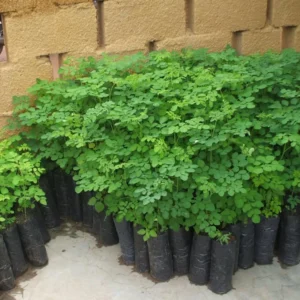 2 Moringa Tree Plants Live for Planting, Oleifera Moringa Live Tree, Well Rooted, No Pot, Drumstick Tree, Horseradish Tree, 6 to 10 Inches
2 Moringa Tree Plants Live for Planting, Oleifera Moringa Live Tree, Well Rooted, No Pot, Drumstick Tree, Horseradish Tree, 6 to 10 Inches 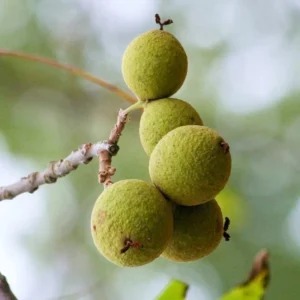 Set 2 Black Walnut Trees Seedlings Live Plants, Black Walnut Tree Sapling, Hardy Walnut for Gardens, Bare Root, 8 to 16 Inc Tall, No Leaf
Set 2 Black Walnut Trees Seedlings Live Plants, Black Walnut Tree Sapling, Hardy Walnut for Gardens, Bare Root, 8 to 16 Inc Tall, No Leaf 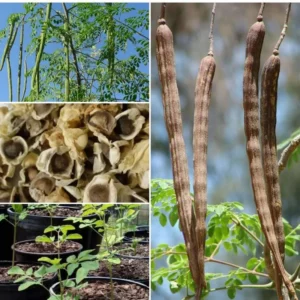 2 Trees Moringa Plants Live for Planting Oleifera Moringa Live Tree, Well Rooted, Come Without Pot, 6 to 10 Inches Tall
2 Trees Moringa Plants Live for Planting Oleifera Moringa Live Tree, Well Rooted, Come Without Pot, 6 to 10 Inches Tall 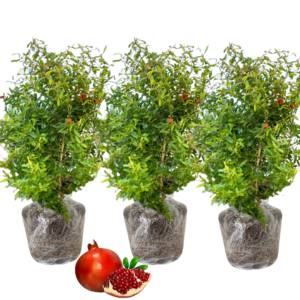 Set 3 Wonderful Pomegranate Tree Live Plant - 5 to 7 Inches Tall, Pomegranate Fruit Tree Plant for Home Garden
Set 3 Wonderful Pomegranate Tree Live Plant - 5 to 7 Inches Tall, Pomegranate Fruit Tree Plant for Home Garden 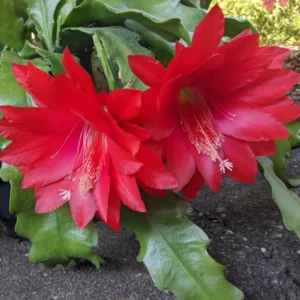 Epiphyllum Orchid Cactus - 2 Red Live Succulent Plants - 5 Inch Indoor Growing
Epiphyllum Orchid Cactus - 2 Red Live Succulent Plants - 5 Inch Indoor Growing 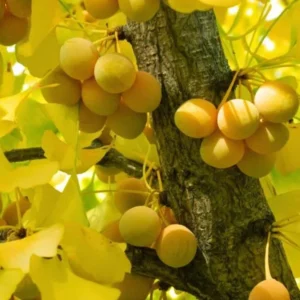 Set 2 Ginkgo Trees Live Plant in Quart Pot, Well Rooted Ginkgo Tree Plants Live, Ready to Grow, 1-2 Year Old Ginkgo Trees
Set 2 Ginkgo Trees Live Plant in Quart Pot, Well Rooted Ginkgo Tree Plants Live, Ready to Grow, 1-2 Year Old Ginkgo Trees  Fort Laramie Everbearing Strawberry 25 Bare Root Plants - Hardiest Everbearer Strawberry Bareroots for Planting
Fort Laramie Everbearing Strawberry 25 Bare Root Plants - Hardiest Everbearer Strawberry Bareroots for Planting  2 Trees Black Willow Live Plants, Hardy Willow Sapling for Landscaping or Bonsai Tree
2 Trees Black Willow Live Plants, Hardy Willow Sapling for Landscaping or Bonsai Tree 
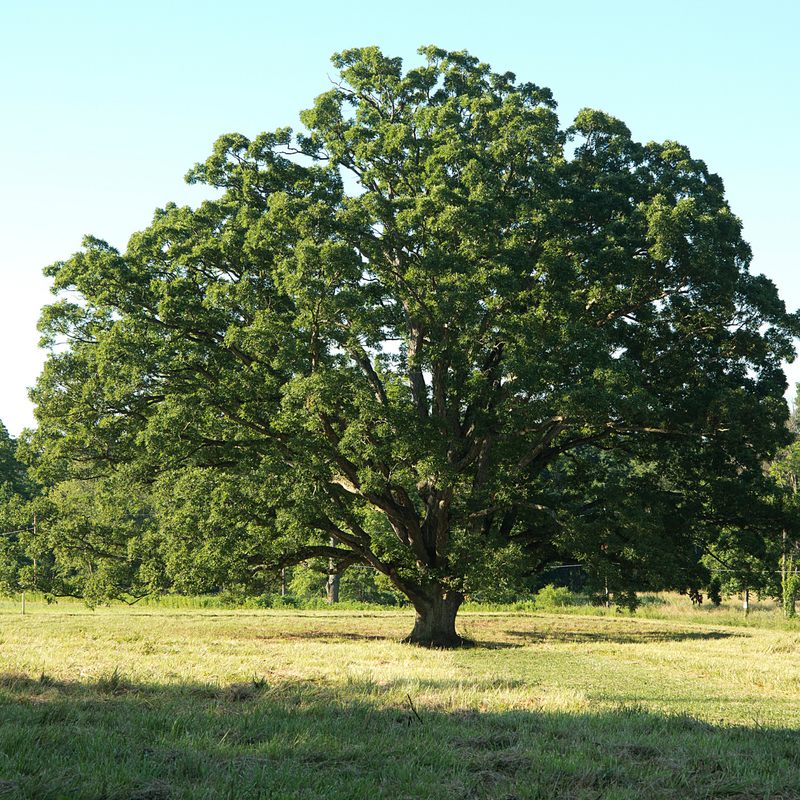

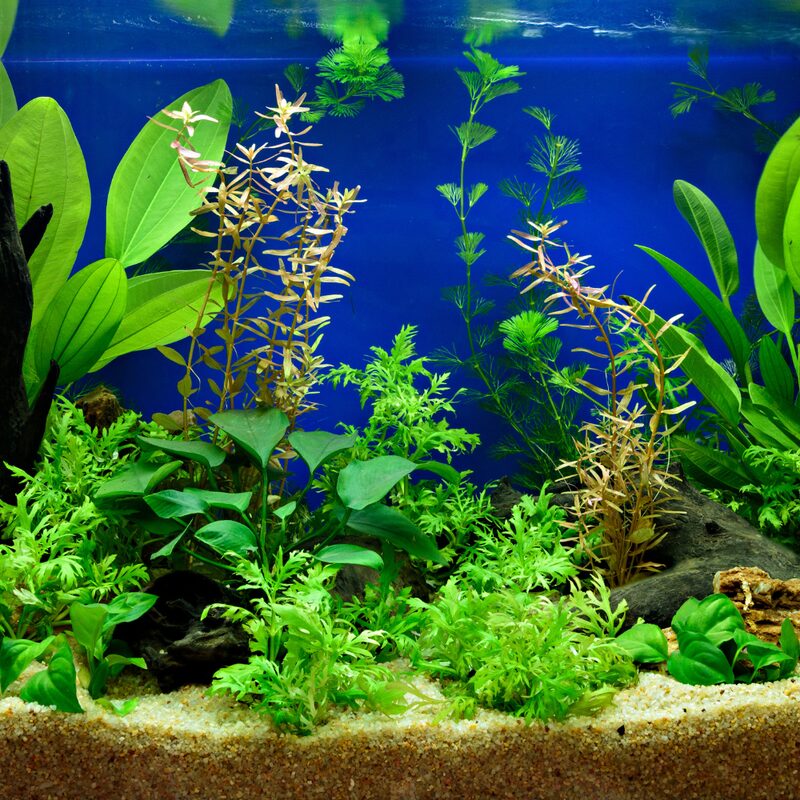
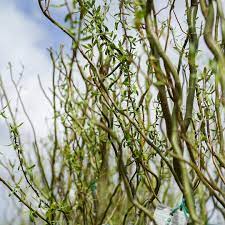


















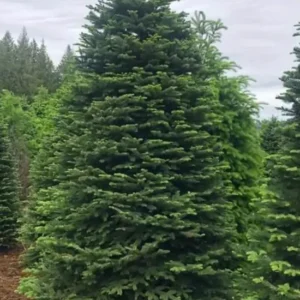

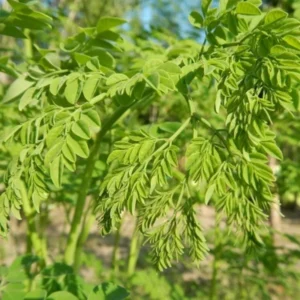
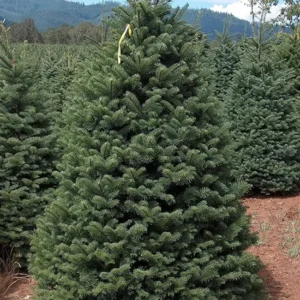
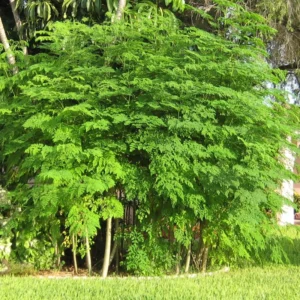
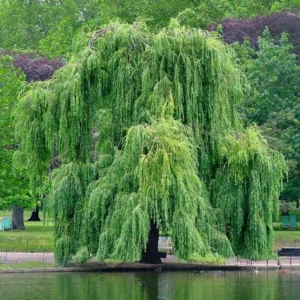
Reviews
There are no reviews yet.